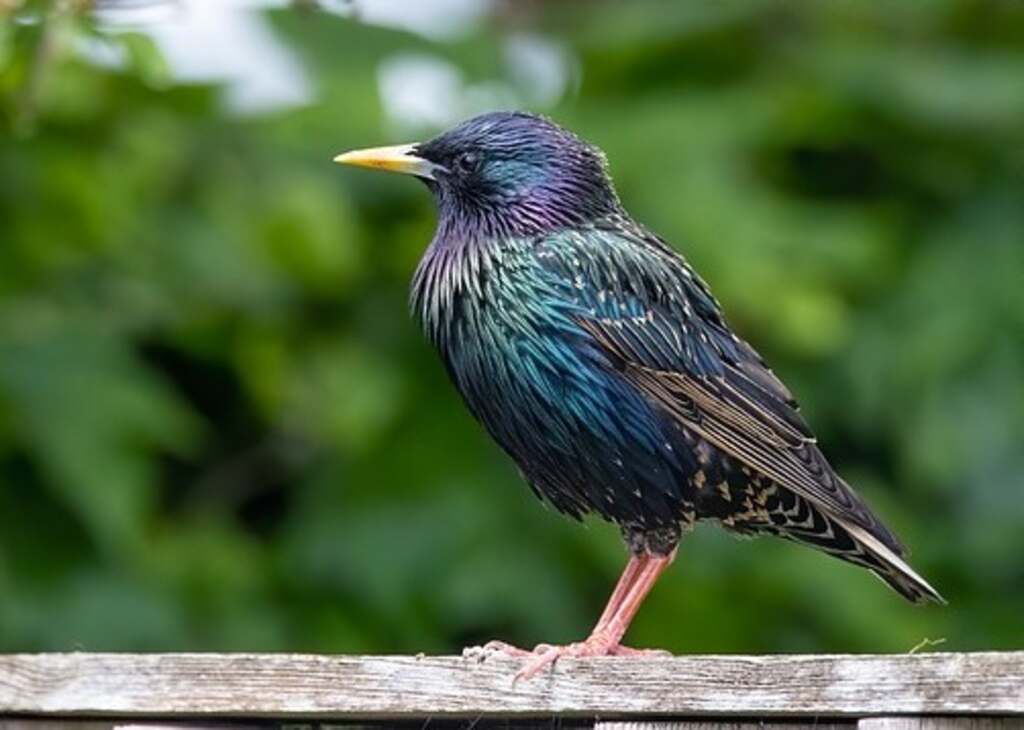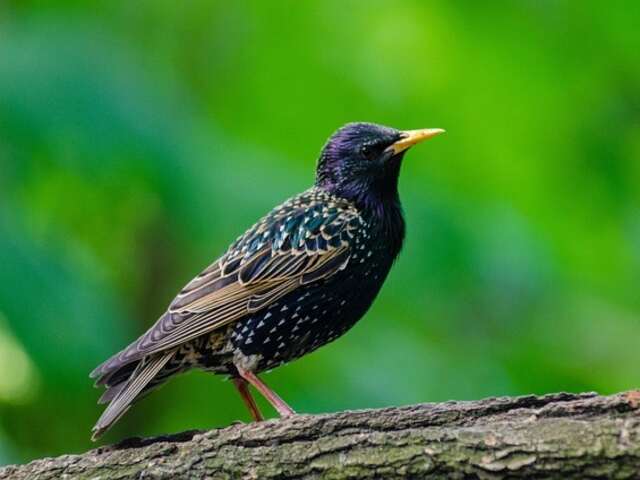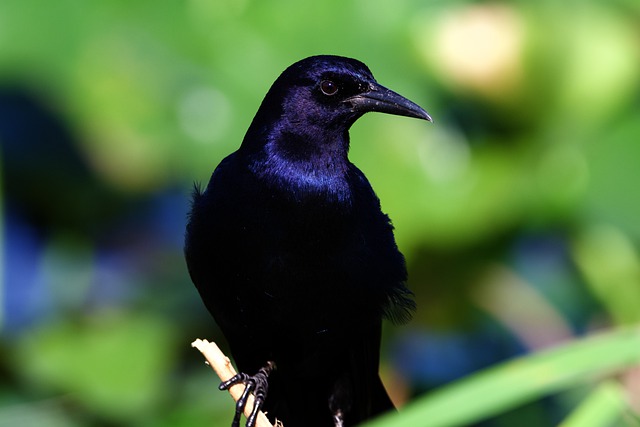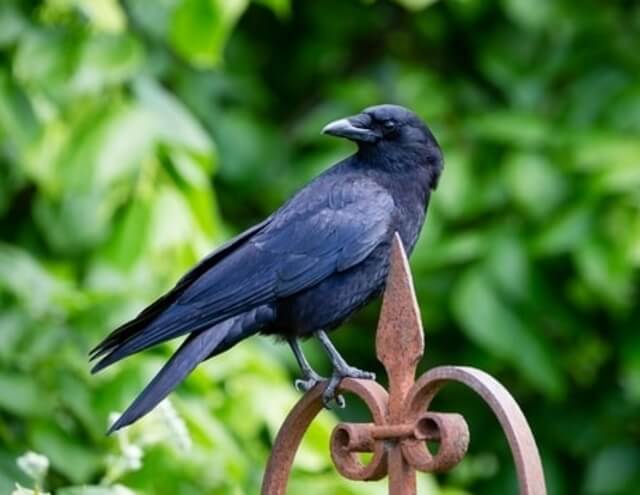Have you spotted a bird resembling the European Starling? Many birds in North America share physical traits with it, making it difficult to differentiate between them. Similarities in coloring, feathers and behavior can confuse birdwatchers.
Do you want to know the birds that look like starlings and how to differentiate them? Whether you’re an enthusiastic birdwatcher or interested in nature, this article is an inspiring and informative read. So, grab your binoculars and let’s dive in!
Table of Contents
European Starling (introduced species)
The Starling, a small to medium-sized songbirds that belong to the Sturnidae family. They have a wide range of habitats including forests, grasslands, urban areas, and agricultural lands. It can be found in Europe, Asia, and North America, where it was introduced in the late 1800s.
Starlings adapt well to urban environments and can often be seen perched on buildings. Their varied diet includes insects, fruits, seeds, and small vertebrates. They excel at mimicking other bird songs.
Starlings build their nests inside holes or crevices and display impressive synchronized flying known as murmurations. Despite some considering them pests, Starlings play an important role in controlling insect populations and are vital members of many ecosystems.
Birds That Look Like Starlings
Common Grackle
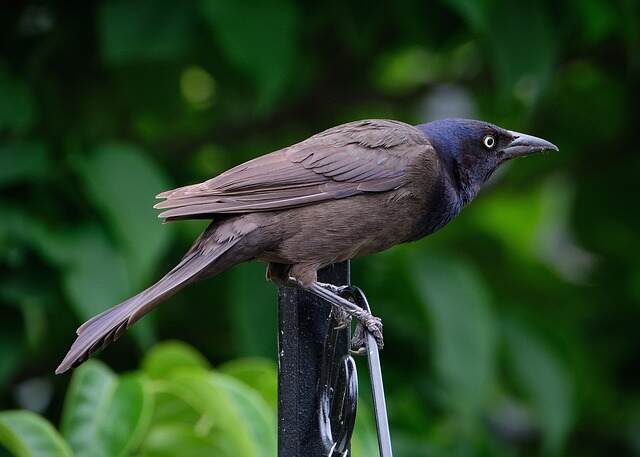
Common Grackles are found throughout much of North America, from Canada to the southern United States. They are adaptable birds that can be found in a variety of habitats, including urban and suburban areas, agricultural fields, and wetlands. Their diet is omnivorous and includes insects, fruits, seeds, and small animals like mice and frogs.
Common Grackles are often mistaken for European Starlings due to their similar appearance and behavior. Like starlings, they have glossy black feathers with iridescent blue or purple highlights. They also have a similar body type, with a stocky build and a medium-sized tail.
In addition, both species are highly social and can form large flocks. However, Common Grackles have longer bills and larger bodies than European Starlings, and they tend to be more vocal and boisterous. They also have distinctive yellow eyes, while European Starlings have dark eyes.
Brown-headed Cowbird
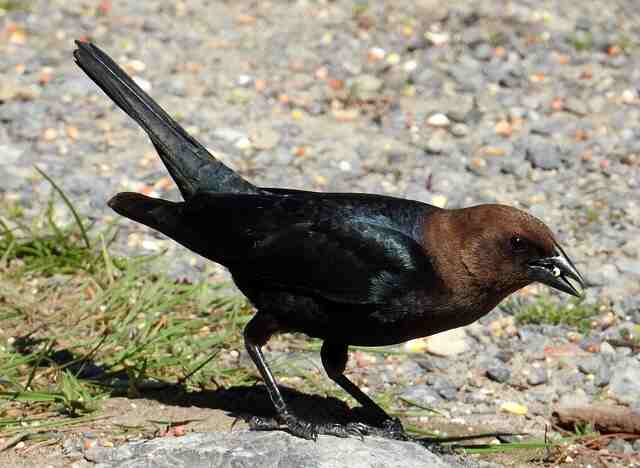
Brown-headed Cowbirds are found throughout North America, with their range extending from southern Canada to northern Mexico. They are common in a variety of habitats, including grasslands, forests, and urban areas. Their diet consists primarily of seeds and insects, and they often feed on the ground. Brown-headed
Cowbirds are known for their brood parasitism, laying their eggs in the nests of other bird species and letting those birds raise their young. Brown-headed Cowbirds have a similar appearance to European Starlings, with shiny black plumage and a distinctive iridescent sheen. They also have a similar body type, with a stout build and short tail.
In terms of mannerisms, both species are often seen foraging on the ground and are known to flock together in large groups. However, unlike European Starlings, Brown-headed Cowbirds do not have a speckled appearance and lack the yellow beak and legs.
Red-winged Blackbird
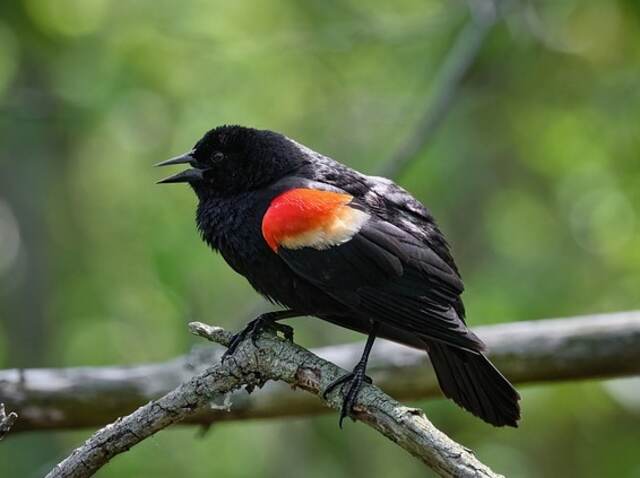
Red-winged Blackbirds are found throughout most of North America, from Alaska to Florida. They prefer wetland habitats such as marshes, swamps, and rice fields. Their diet consists of insects, seeds, and grains, and they are known to raid crops such as corn and rice.
During breeding season, males display their iconic red and yellow shoulder patches to attract mates. Red-winged Blackbirds share several similarities with European Starlings. Both species have iridescent black plumage, yellow accents, and a similar body type.
They are both known for their flocking behavior and are often found in large groups. Additionally, both species can be aggressive towards other birds during breeding season. However, one distinguishing feature of the Red-winged Blackbird is their distinctive call, which sounds like a conk-la-ree!
Brewer’s Blackbird
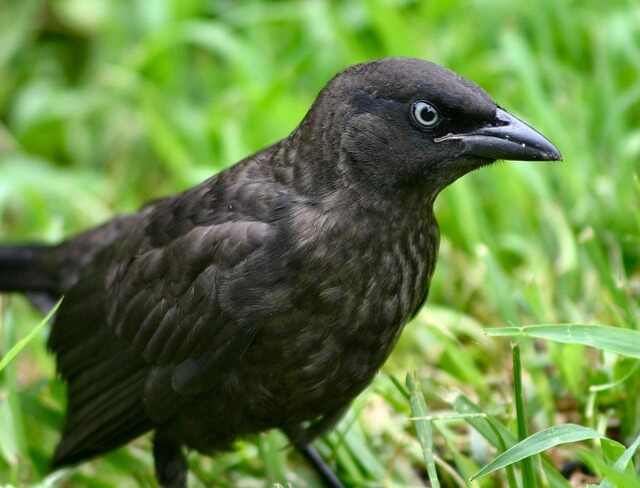
Brewer’s Blackbird is a medium-sized bird found across North America, from Alaska to Mexico. They are often found in open habitats such as fields, meadows, and farmlands, and they feed on a variety of insects, seeds, and grains. They are known for their vocalizations, including a distinctive “tchur-tchur” call.
Brewer’s Blackbird shares many physical characteristics with European Starlings, such as iridescent black feathers with a green or purple sheen, yellow eyes, and a sharp, pointed bill. They have a similar body type and size, and can often be found in large flocks.
They also exhibit similar behaviors, such as probing the ground for insects and foraging in urban areas. However, Brewer’s Blackbirds have longer tails and lack the speckled appearance of European Starlings.
Rusty Blackbird
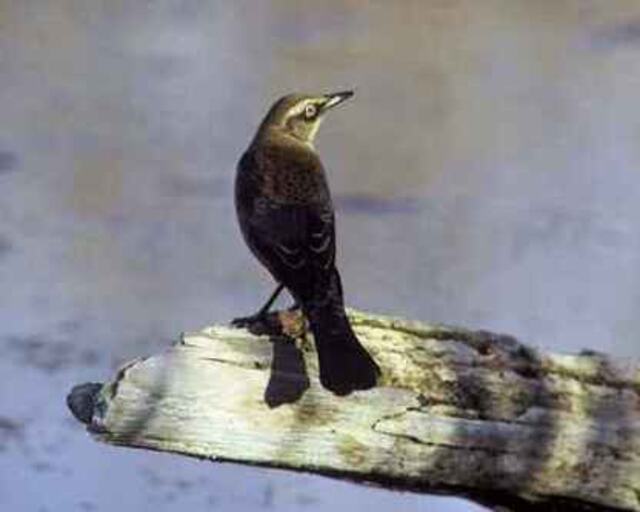
Rusty Blackbirds are migratory birds that breed in the boreal forests of Canada and Alaska, and winter in the southeastern United States. Their preferred habitats include wetlands, marshes, and wooded swamps. Rusty Blackbirds primarily feed on insects, spiders, and aquatic invertebrates, but also eat seeds and fruits.
Rusty Blackbirds share some similarities with European Starlings, including their black plumage with iridescent green and purple sheens, compact and stocky body shape, and sharp and pointed beaks. They also exhibit similar foraging behaviors, often foraging on the ground and in wetlands for insects and invertebrates.
However, Rusty Blackbirds are slightly larger and have yellow eyes and a distinctive rust-colored patch on their feathers during breeding season, which sets them apart from European Starlings.
Northern Mockingbird
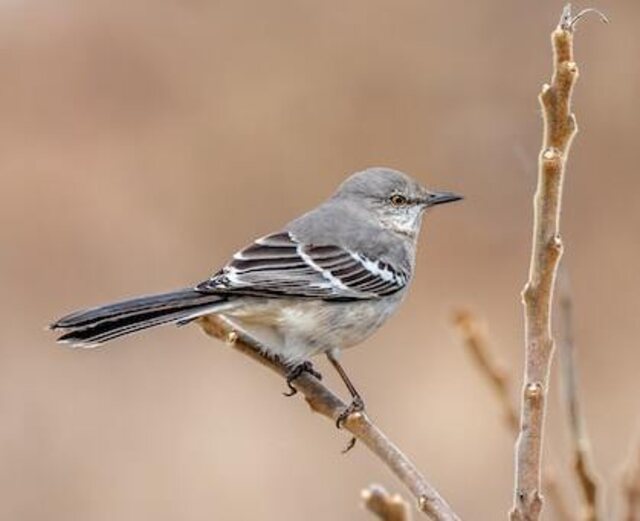
The Northern Mockingbird is a common bird species found throughout North America, from southern Canada to Mexico. They prefer open habitats such as parks, gardens, and suburban areas. The primary components of their diet are insects, as well as fruits and berries.
In addition to their regular diet, they have been observed consuming small reptiles and amphibians. Northern Mockingbirds have similar appearances and mannerisms to European Starlings. They are approximately the same size and have similar body shapes, with sleek feathers and sharp beaks.
Both species are also known for their mimicry abilities, imitating the songs and calls of other birds. However, unlike the iridescent feathers of starlings, mockingbirds have a gray-brown coloration with white wing bars.
Read more: How to Attract Mockingbirds to your Yard? (Expert Tips)
Black-billed Magpie
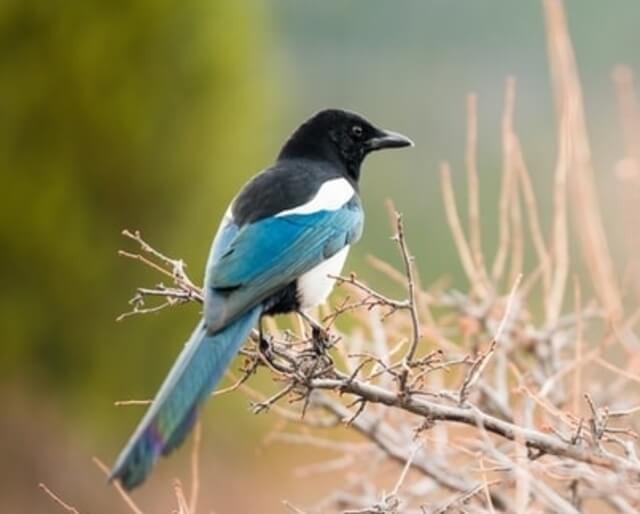
The Black-billed Magpie is native to western North America, including parts of Alaska, western Canada, and the western United States. They can be found in a variety of habitats, such as forests, grasslands, and even urban areas. Their diet consists of insects, small mammals, eggs, and carrion.
Black-billed Magpies are black and white and share some physical similarities with European Starlings, such as their iridescent black plumage. However, magpies have a distinct black curved bill and a longer tail, while starlings have a more slender bill and a shorter tail.
Magpies are known for their bold, curious mannerisms and their tendency to gather shiny objects for their nests, while starlings are known for their synchronized flying patterns and their ability to mimic other birds and sounds.
Read more: How to Attract Magpies to your Garden? (In 4 Easy Steps!)
Great-tailed Grackle

The Great-tailed Grackle is a large bird found throughout much of North and Central America. They are commonly found in open habitats such as grasslands, agricultural fields, and urban areas. Their diet includes insects, small vertebrates, seeds, and fruit. They are known for their long tails, glossy black feathers, and yellow eyes.
While the Great-tailed Grackle may share some similarities with European Starlings such as their iridescent black feathers and omnivorous diet, there are also some notable differences. Great-tailed Grackles have longer tails, larger bodies, and yellow eyes compared to the black eyes of the European Starling.
They also have a distinctive call and are known for their social behavior, often forming large flocks. Additionally, while European Starlings are an introduced species in North America, the Great-tailed Grackle is a native species with a much larger natural range.
Boat-tailed Grackle
Boat-tailed Grackles are found along the southeastern coast of the United States, from New Jersey to Texas. They prefer wetland habitats, including marshes, swamps, and coastal areas. Their diet consists of insects, small vertebrates, seeds, and fruits.
These birds are known for their loud calls and aggressive behavior, often competing with each other for food and territory. Boat-tailed Grackles share some physical similarities with European Starlings, such as their glossy black feathers and yellow eyes.
However, they are larger in size, with a longer tail and a thicker bill. Male Boat-tailed Grackles have iridescent blue-black feathers, while females have brown feathers with dark streaks. Additionally, their behavior differs from that of European Starlings, as they tend to be more solitary and territorial.
Common Raven
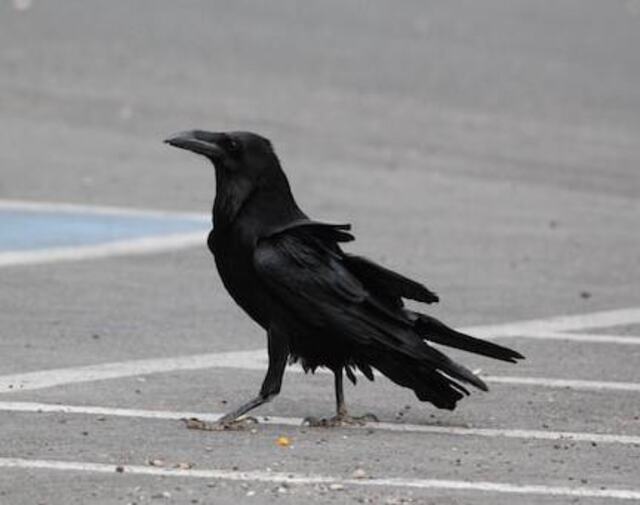
The Common Raven is a large, black bird that can be found throughout much of North America, as well as parts of Europe, Asia, and North Africa. They inhabit a variety of habitats, including forests, deserts, and mountains. Their diet consists of both plant and animal matter, such as carrion, insects, fruit, and seeds.
While the Common Raven may share a similar black coloration with European Starlings, they are much larger in size and have a more robust body type. Ravens also have a distinctive wedge-shaped tail and a larger, heavier bill than starlings.
In terms of behavior, ravens are known for their intelligence and can often be seen playing, problem-solving, and even using tools. Additionally, ravens have a more varied diet than starlings, including carrion and larger prey items.
Read more: 47 Fun Facts About Ravens (Uncover All The Secrets!)
American Crow
American crows are found throughout North America, ranging from Alaska to the southern United States. These adaptable birds can thrive in a variety of habitats, including forests, grasslands, and urban areas. Their diet is omnivorous, consisting of insects, small mammals, fruits, and seeds.
They are also known to scavenge carrion and eat human food waste. While American crows may appear similar to European starlings with their dark plumage and iridescent sheen, they are larger in size and have a more robust body type.
American crows also have a distinctive cawing call and are known for their intelligence and ability to use tools. In contrast to starlings’ tendency to gather in large flocks, American crows often travel in small family groups.
Read more: How To Attract Crows To Your Backyard: Expert Tips!
Fish Crow
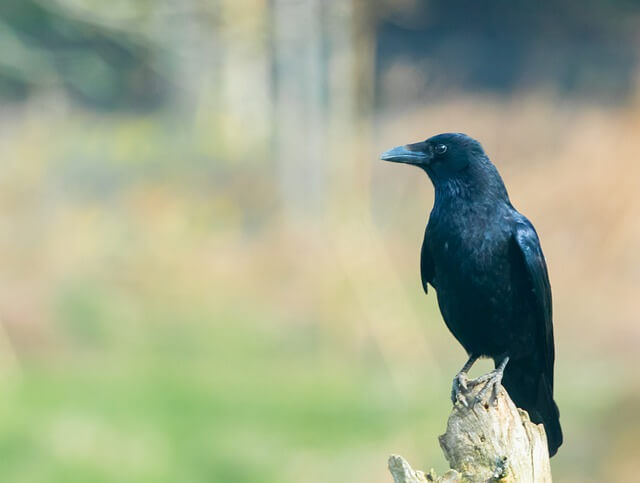
Fish Crows are found along the eastern and southeastern coasts of the United States, from southern Maine to eastern Texas. They prefer to live in coastal areas, such as salt marshes, mangroves, and swamps, and can also be found in urban areas. Their diet consists of a variety of foods including crabs, clams, and fish, as well as insects and small mammals.
Fish Crows share several similarities with European Starlings, including their black feathers, relatively small size, and omnivorous diet. However, Fish Crows have a distinctive nasal call that sets them apart from Starlings, and they also have a more slender body shape and a shorter, squarer tail.
In terms of color, Fish Crows have a slightly glossier appearance than Starlings, with a greenish or purple sheen to their feathers. Additionally, Fish Crows are typically found in coastal areas, while European Starlings can be found in a wider range of habitats.
Conclusion
In conclusion, we’ve explored 12 birds that bear a striking resemblance to starlings, from the Brown-headed cowbird to the Common Grackle. While each of these birds has its own unique characteristics and behaviors, they share enough similarities with starlings to catch the eye of a keen observer.
Whether you’re a seasoned birdwatcher or simply enjoy the beauty of nature, we hope this article has introduced you to some new and fascinating species to look out for.
Related Post: How To Attract European Starlings To Your Yard Fast?

